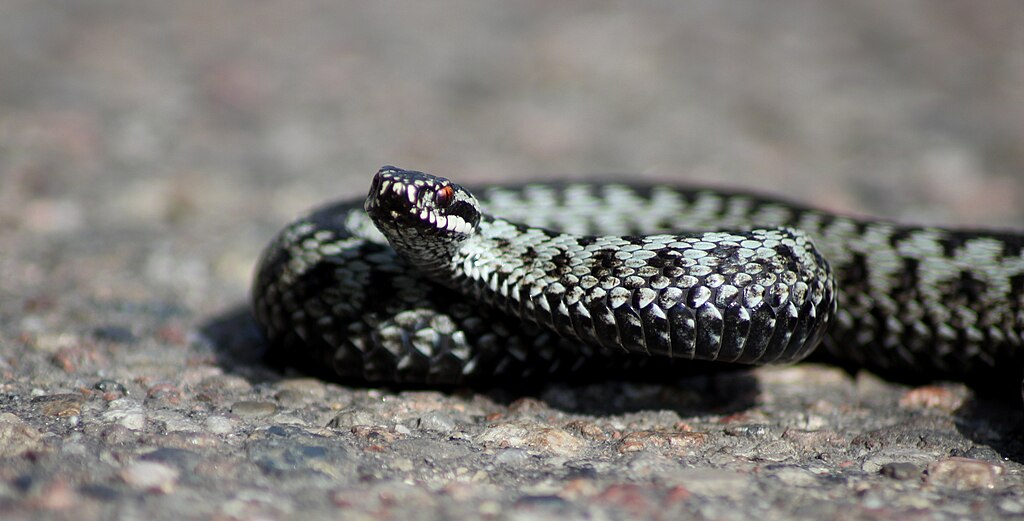In the complex tapestry of nature’s relationships, some connections seem unlikely at first glance. One such curious association is the tendency of certain snake species to establish their homes in close proximity to ant colonies. This behavior, observed across different continents and ecosystems, represents a fascinating example of how predators sometimes develop unexpected relationships with insects that most animals actively avoid. From taking advantage of the structural benefits of ant mounds to engaging in sophisticated predator-prey relationships, the snake-ant dynamic offers a window into the intricate ecological strategies that have evolved over millions of years. Let’s explore why these reptiles might choose to cozy up to some of Earth’s most industrious insects, despite the apparent risks involved.
The Protective Architecture of Ant Mounds

Many ant species, particularly those in tropical and subtropical regions, construct elaborate mounds that provide exceptional structural stability and insulation. These natural fortresses maintain remarkably consistent internal temperatures and humidity levels regardless of external weather conditions, creating a microclimate that can benefit cold-blooded reptiles like snakes. The dense, compacted soil of ant mounds offers protection from extreme temperatures, whether scorching heat or freezing cold, allowing snakes to regulate their body temperature more efficiently. Additionally, these mounds often feature complex tunnel systems that snakes can utilize as ready-made retreats when threatened by predators. For species like the blind snakes (Typhlopidae family), these protective advantages outweigh the potential irritation from the ants themselves.
A Feast at the Doorstep: Prey Availability
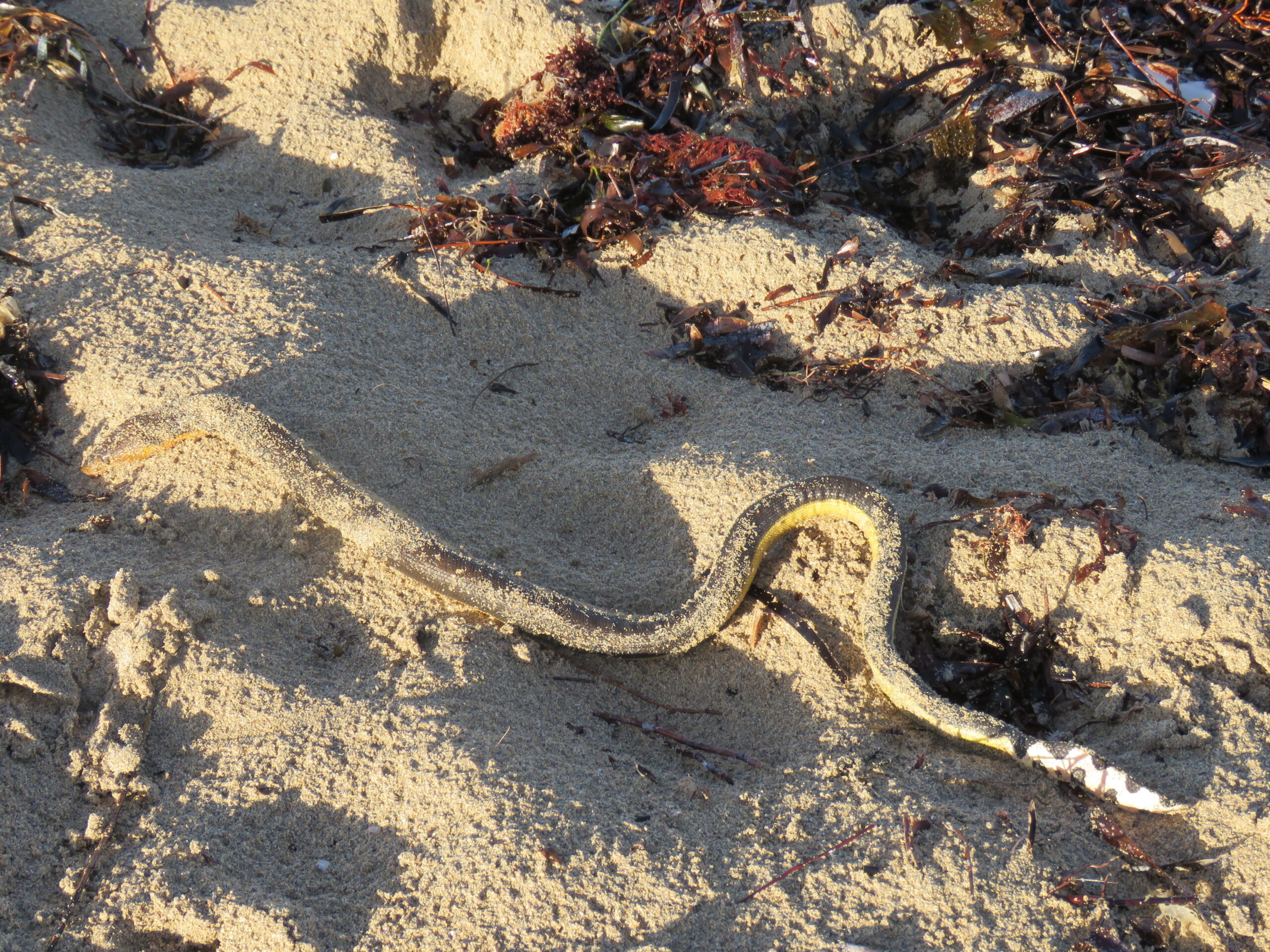
One of the most compelling reasons snakes establish homes near ant colonies is the reliable food source these insect communities represent. While most snake species don’t feed on adult ants due to their small size and defensive formic acid, many specialize in consuming ant larvae, pupae, and eggs, which are rich in nutrients and lack the defensive capabilities of mature ants. Certain snake species, such as those in the Leptotyphlopidae family, have evolved specifically to raid ant nests and feast on the brood chambers. These specialized feeders have adapted to withstand the attacks of worker ants, developing tough, smooth scales and quick movements that allow them to slip through ant defenses and access the nutritious developmental stages within the colony. This predatory relationship provides snakes with a consistent food supply concentrated in a single location.
Blind Snakes: Masters of Ant Colony Infiltration

Blind snakes of the families Typhlopidae and Leptotyphlopidae have developed perhaps the most specialized relationship with ant colonies of any snake group. These small, worm-like snakes possess cylindrical bodies, reduced eyes, and highly polished scales that allow them to move through soil and ant tunnels with remarkable efficiency. Their specialized feeding apparatus enables them to vacuum up ant eggs, larvae, and pupae while avoiding the bites and stings of defensive worker ants. Some blind snake species have even evolved chemical mimicry, producing secretions that mask their scent or mimic ant pheromones, effectively becoming invisible to their hosts. This evolutionary adaptation allows them to live within or adjacent to ant colonies semi-permanently, sometimes even being tolerated by the ants themselves in a relationship that borders on commensalism.
The Buffet Effect: Secondary Prey Attraction
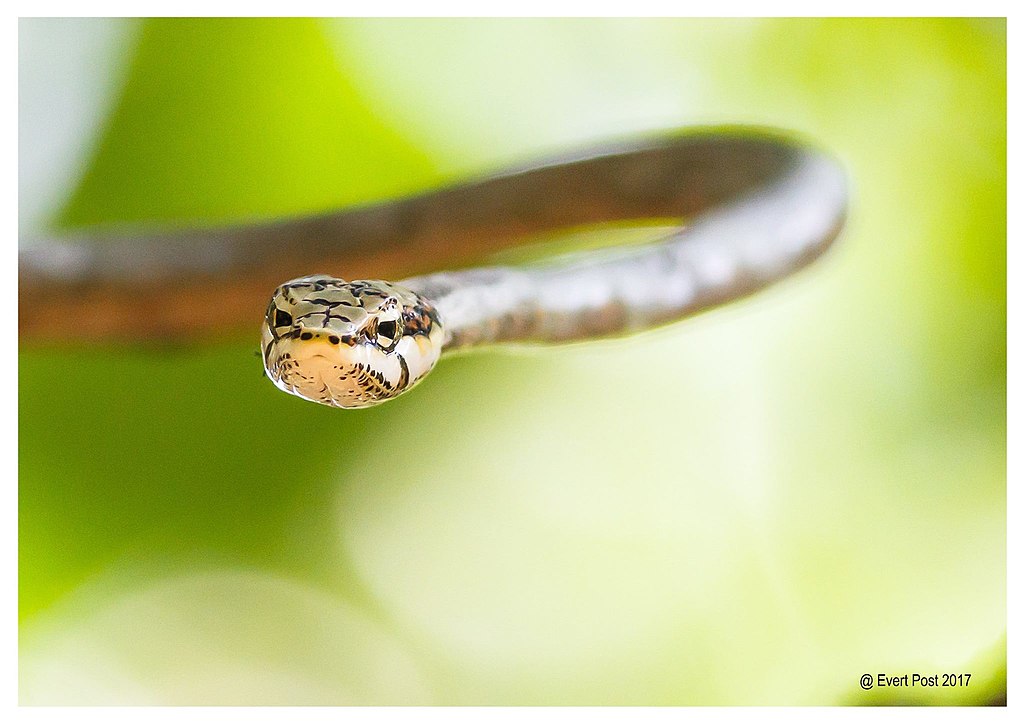
Ant colonies serve as ecological magnets, attracting numerous other organisms that may become prey for opportunistic snakes. The abundance of food resources in and around ant nests draws insects, small mammals, lizards, and other potential snake prey, creating a secondary feeding opportunity for serpents that may not feed on the ants themselves. Larger snake species like pythons and vipers may establish territories near ant colonies specifically to ambush the vertebrates that come to feed on ants or their honeydew-producing symbiotic insects. This “buffet effect” explains why even snake species that don’t consume ants directly still benefit from proximity to their colonies. The concentration of potential prey in a predictable location reduces the energy snakes must expend hunting, improving their overall survival and reproductive success.
Chemical Defense Partnerships

Some snake species appear to leverage the defensive capabilities of ant colonies to protect themselves from their own predators. By establishing dens near aggressive ant species like fire ants or army ants, snakes gain a perimeter defense system against mammals, birds, and other snakes that might otherwise prey upon them. Potential predators must contend with the painful stings and bites of defensive ants before they can reach the snake, often deterring them completely. Certain snake species have evolved resistance to ant venom and irritants, allowing them to withstand incidental contact while their predators cannot. This relationship represents a form of commensalism where snakes benefit from ant defenses without providing any apparent benefit to the colony itself, effectively outsourcing their protection to these industrious insects.
Thermal Regulation Advantages
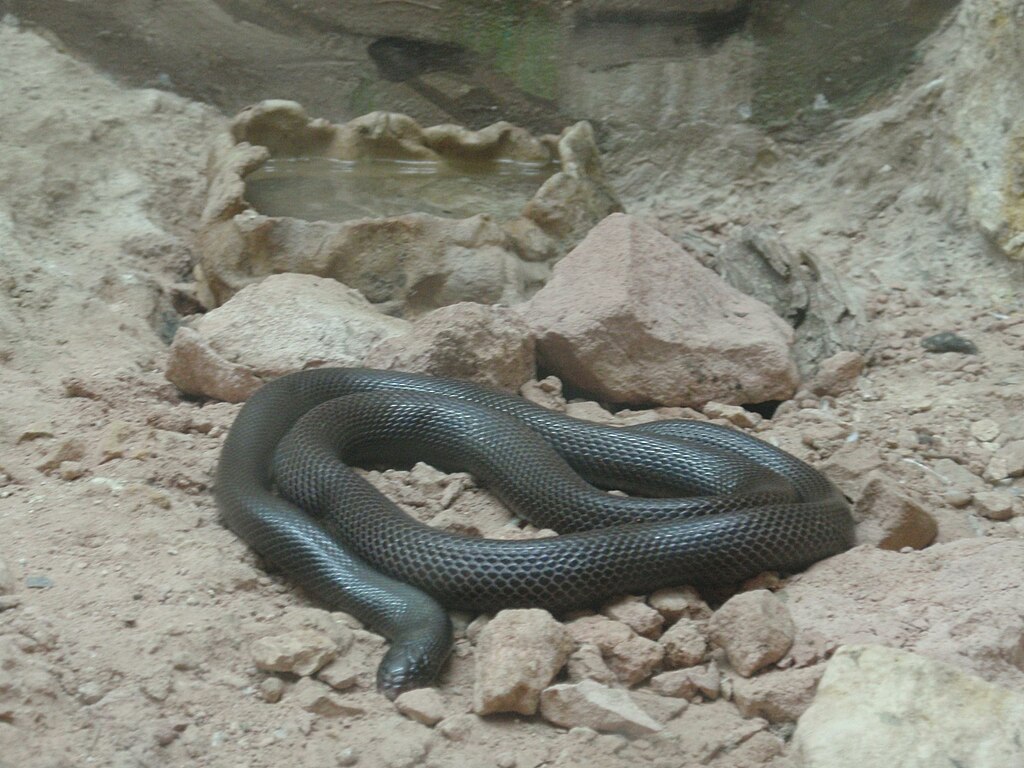
Ant colonies, particularly the large mounds constructed by species like Formica rufa (the European red wood ant), function as thermal regulators in their environments. These structures can maintain internal temperatures significantly higher than ambient conditions, creating warm zones that ectothermic snakes can exploit. In cooler climates or during seasonal temperature fluctuations, snakes may position themselves near ant mounds to access this thermal advantage without expending metabolic energy on heating their bodies. Some species have been observed moving between different positions around ant mounds throughout the day, effectively using the structure as a natural thermostat. This behavior is particularly beneficial during gestation periods when female snakes require stable elevated temperatures for optimal embryonic development.
Moisture Management in Arid Environments
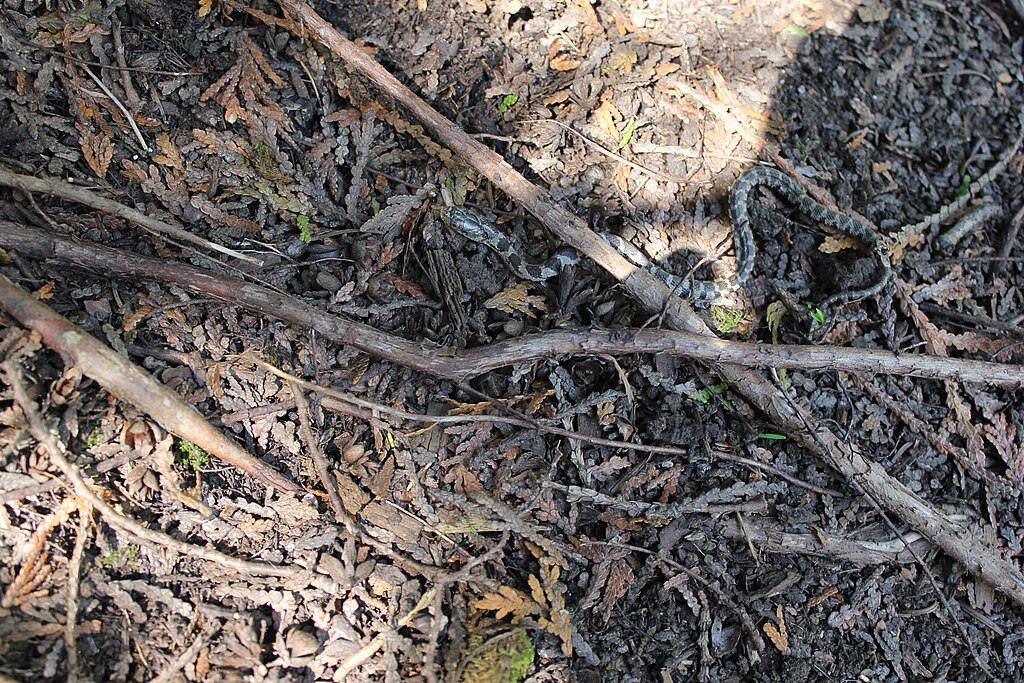
In drought-prone or desert environments, ant colonies represent important moisture reserves that can be critical for snake survival. The underground chambers of ant nests in arid regions often extend to depths where they can access groundwater or trap atmospheric humidity, creating relatively moist microclimates in otherwise parched landscapes. Snakes in these environments frequently establish dens near or within abandoned sections of ant colonies to access this crucial moisture, preventing dangerous dehydration during dry periods. Desert-dwelling species like the Western groundsnake (Sonora semiannulata) have been documented sharing space with ant colonies specifically during the driest months of the year. The humidity regulation provided by ant structures can be particularly important during ecdysis (shedding), when snakes require elevated moisture levels to successfully remove their old skin.
Abandoned Chambers as Ready-Made Homes
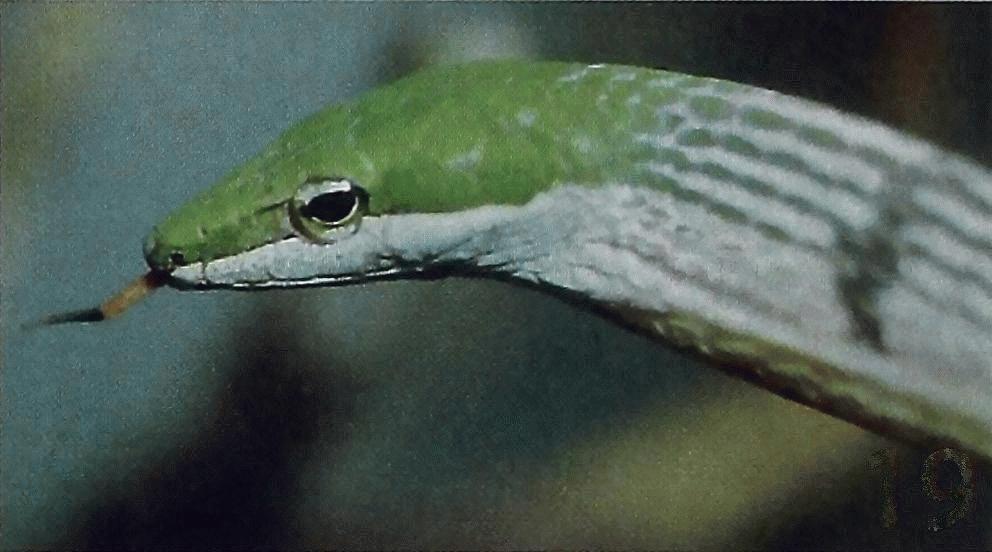
As ant colonies grow and develop, they frequently abandon older chambers in favor of new construction, leaving behind perfectly formed cavities ideal for snake habitation. These abandoned sections provide ready-made shelter that requires no energy expenditure from the snake to create. The hard-packed walls of former ant chambers are typically more stable than the surrounding soil, reducing the risk of collapse that might otherwise endanger a burrowing snake. Some snake species have evolved behaviors specifically to identify and occupy these abandoned spaces, transitioning from active ant colony neighbors to inhabitants of the architectural legacy left behind. This opportunistic use of ant-created structures represents an efficient survival strategy that conserves valuable energy the snake would otherwise expend on burrow construction.
Breeding Site Selection Near Ant Colonies
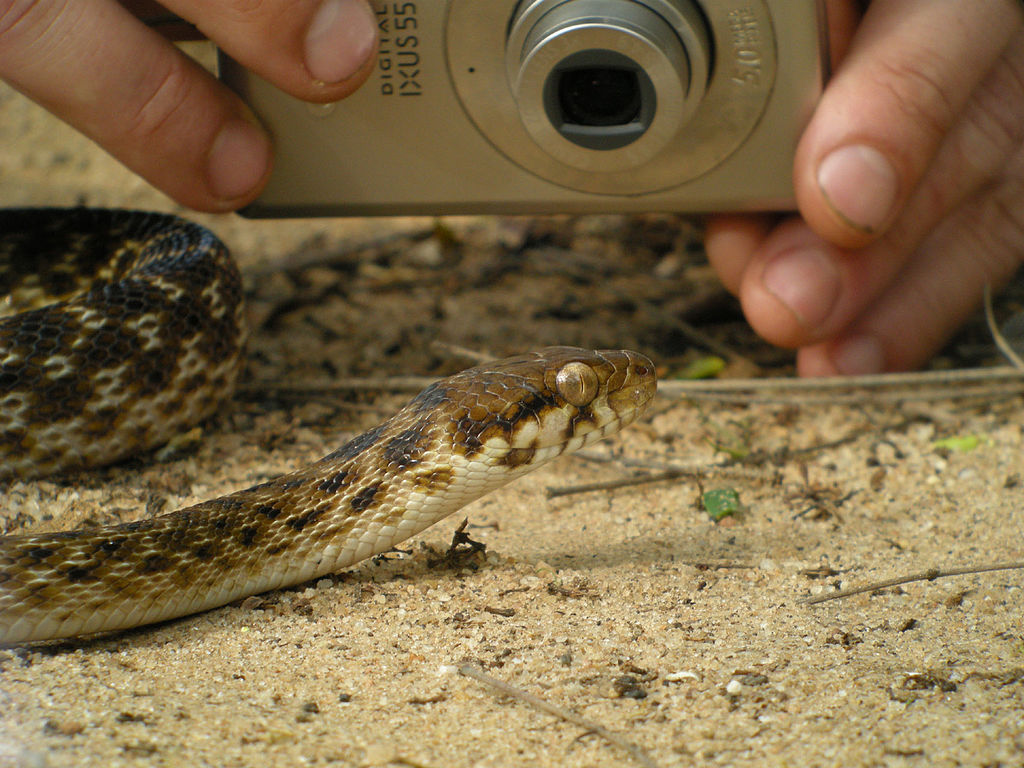
Female snakes from multiple families show a preference for laying eggs or giving birth in the vicinity of ant colonies, suggesting reproductive advantages to this association. The stable microclimate provided by ant structures creates ideal incubation conditions for egg-laying snake species, with consistent temperature and humidity levels improving hatching success rates. For viviparous (live-bearing) snake species, proximity to ant colonies during gestation provides thermal benefits that support embryonic development while offering ready food sources during this energetically demanding period. Research has documented higher clutch survival rates among snakes breeding near ant colonies compared to those utilizing other nesting sites in the same habitats. This reproductive advantage may be driving the evolution of ant-association behaviors in multiple snake lineages independently.
Specialized Ant-Eating Adaptations

Over evolutionary time, some snake species have developed remarkable adaptations specifically for feeding on ants and termites, a dietary specialization known as myrmecophagous feeding behavior. These adaptations include modified jaw structures that allow for rapid feeding movements to consume tiny prey efficiently, specialized dentition for scraping broods from nest chambers, and digestive enzymes capable of breaking down the chitin exoskeletons of insects. Perhaps most impressively, some ant-specialized snakes have evolved resistance to the defensive chemicals produced by their prey, including formic acid and various alkaloid venoms. The blind snake Typhlops reticulatus represents an extreme example, with a highly specialized skull structure and feeding mechanics devoted almost exclusively to consuming ant broods, demonstrating how the relationship with ant colonies has fundamentally shaped the evolution of certain snake lineages.
Geographic Variations in Snake-Ant Relationships
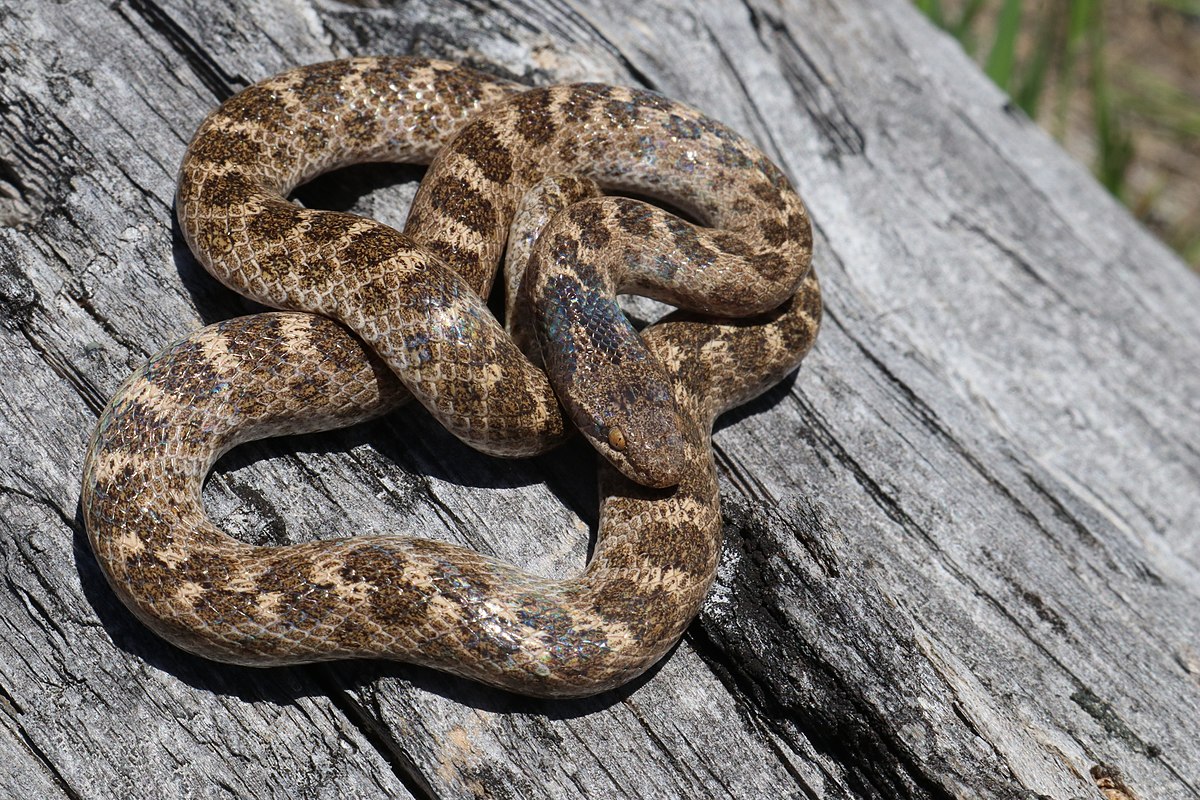
The relationship between snakes and ant colonies shows fascinating variations across different geographic regions, reflecting local ecological conditions and evolutionary histories. In Australia, certain elapid snakes associate with the mounds of aggressive bull ants despite the potential danger, apparently trading off the risk of stings for the thermal and structural benefits. Throughout tropical Africa, blind snakes of the genus Typhlops have developed specific relationships with different ant species, with each snake species specialized for particular ant colony types. In North America, rat snakes (Pantherophis species) frequently establish winter hibernacula near colonies of Formica ants, utilizing the heat generated by these industrious insects to survive cold periods. These geographic variations highlight how snake-ant relationships have evolved independently multiple times across the globe, representing a remarkable example of convergent evolution driven by similar ecological pressures.
Conservation Implications of Snake-Ant Associations
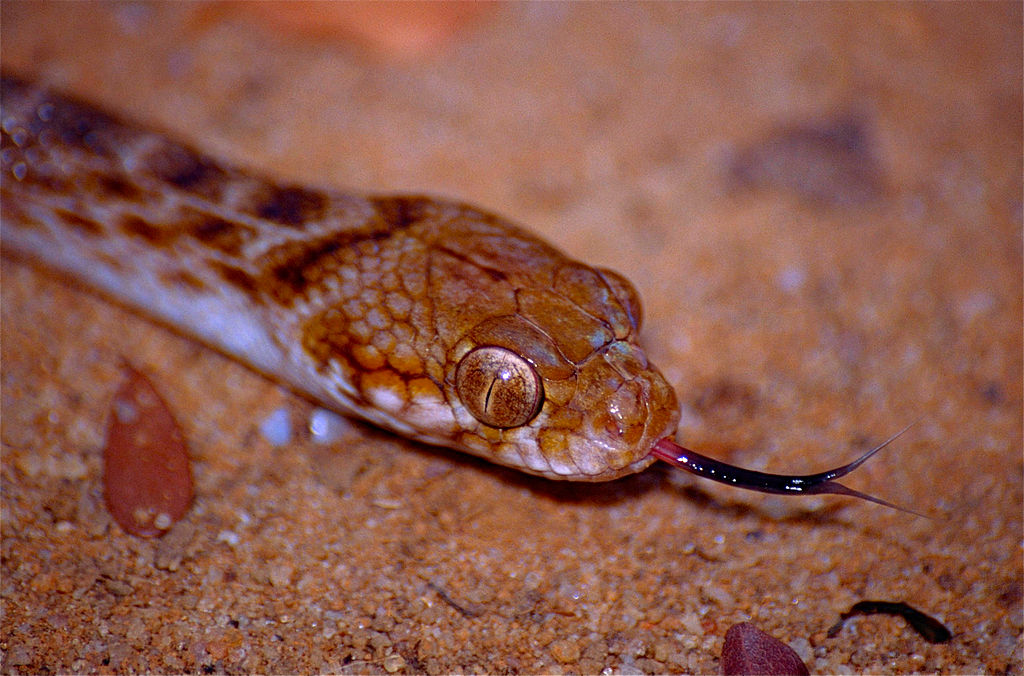
Understanding the ecological relationships between snakes and ant colonies has important implications for conservation efforts targeting either group. Habitat destruction that eliminates ant colonies may have cascading effects on dependent snake populations, even when the snakes themselves are not directly affected by the disturbance. Conservation strategies for specialized ant-feeding snake species must necessarily include protection of their preferred ant species, requiring a more holistic ecosystem-based approach. Climate change presents particular challenges for these relationships, as rising temperatures may disrupt the thermal advantages that draw snakes to ant colonies in the first place. For endangered snake species that rely heavily on ant colonies, such as certain blind snake populations in fragmented tropical forests, targeted conservation of ant-snake habitats may be crucial for preventing extinctions of these specialized reptiles.
Conclusion
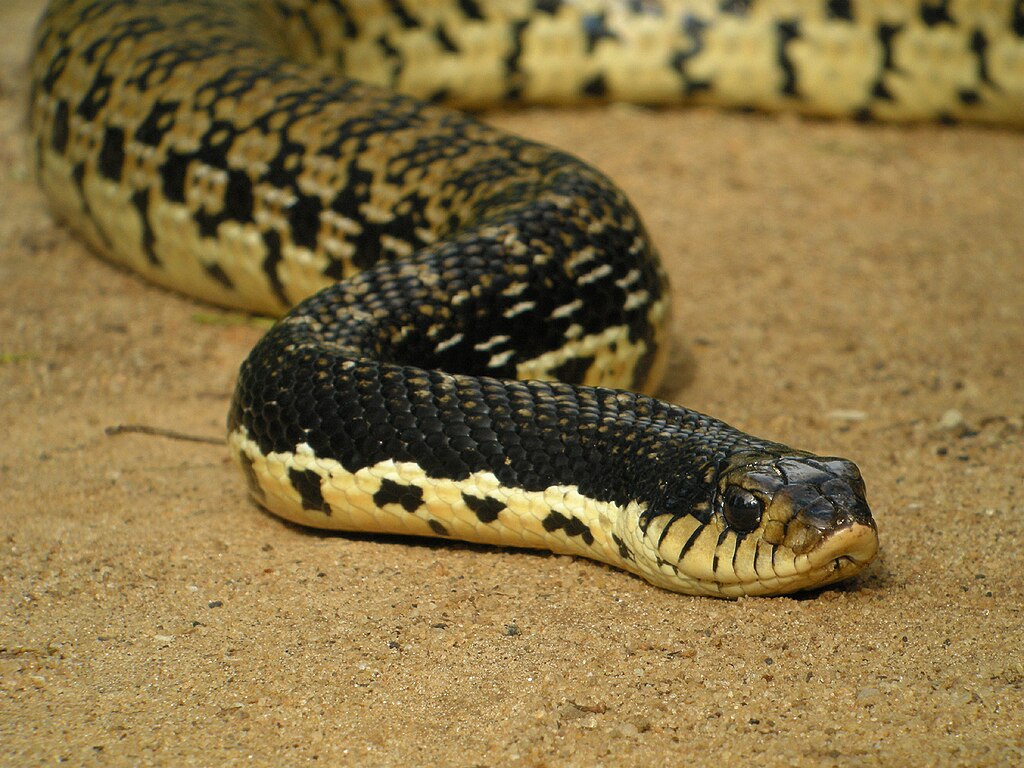
The relationship between snakes and ant colonies illustrates the remarkable complexity of ecological interactions that have evolved in nature. Far from being random associations, these connections represent sophisticated adaptations that provide snakes with shelter, food, protection, and reproductive advantages. From the specialized blind snakes that have evolved to feed almost exclusively on ant broods to larger predators that simply exploit the prey-rich environment surrounding colonies, snakes have found multiple ways to benefit from their six-legged neighbors. Understanding these relationships not only provides fascinating insights into evolutionary biology but also highlights the interconnectedness of species within ecosystems. As human activities continue to transform natural landscapes, preserving these intricate ecological relationships becomes increasingly important for maintaining biodiversity and ecosystem function.

